History Of Comics
From Funny Books To Comics
By Joshua H. Stulman
If you ask anyone to name a comic book character, you will probably hear Batman, Spiderman or Wonder Woman. The superhero genre’s popularity in the later half of the 20th century has so completely consumed the comic medium that people forget the origins of its namesake.
Before the emergence of Superman, the first superhero, in 1938, the comic book industry was already booming. Nick-named the “Funny Books” for their often funny cartoon short stories, comics were 64 page anthologies packed with tons of short stories for only ten cents.
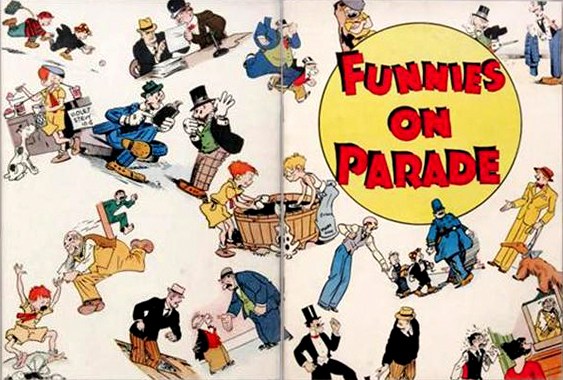
The first comic book itself was Funnies On Parade from 1933. It consisted of reprinted comic strips from the Sunday papers. With its success, the industry rapidly expanded offering all sorts of original material. At the time newspaper and magazine readership was high among the public and the same can be said for children. Comic circulation was numbered approximately 200,000 per issue as compared to today’s circulation of around 40,000.
Many stars of the newspaper comic section like Blondie and the Katzenjammer Kids also began appearing in comic books. They were soon joined by characters from the fledging animation studios like Disney (Mickey Mouse & Donald Duck), Warner Brothers (Bugs Bunny), Max Fleischer (Betty Boop & Popeye), and later on Walter Lantz (Woody Woodpecker). Original Characters created for the Disney comics like Uncle Scrooge, Huey Duey and Luey were so popular In print that they were soon adapted to animation.
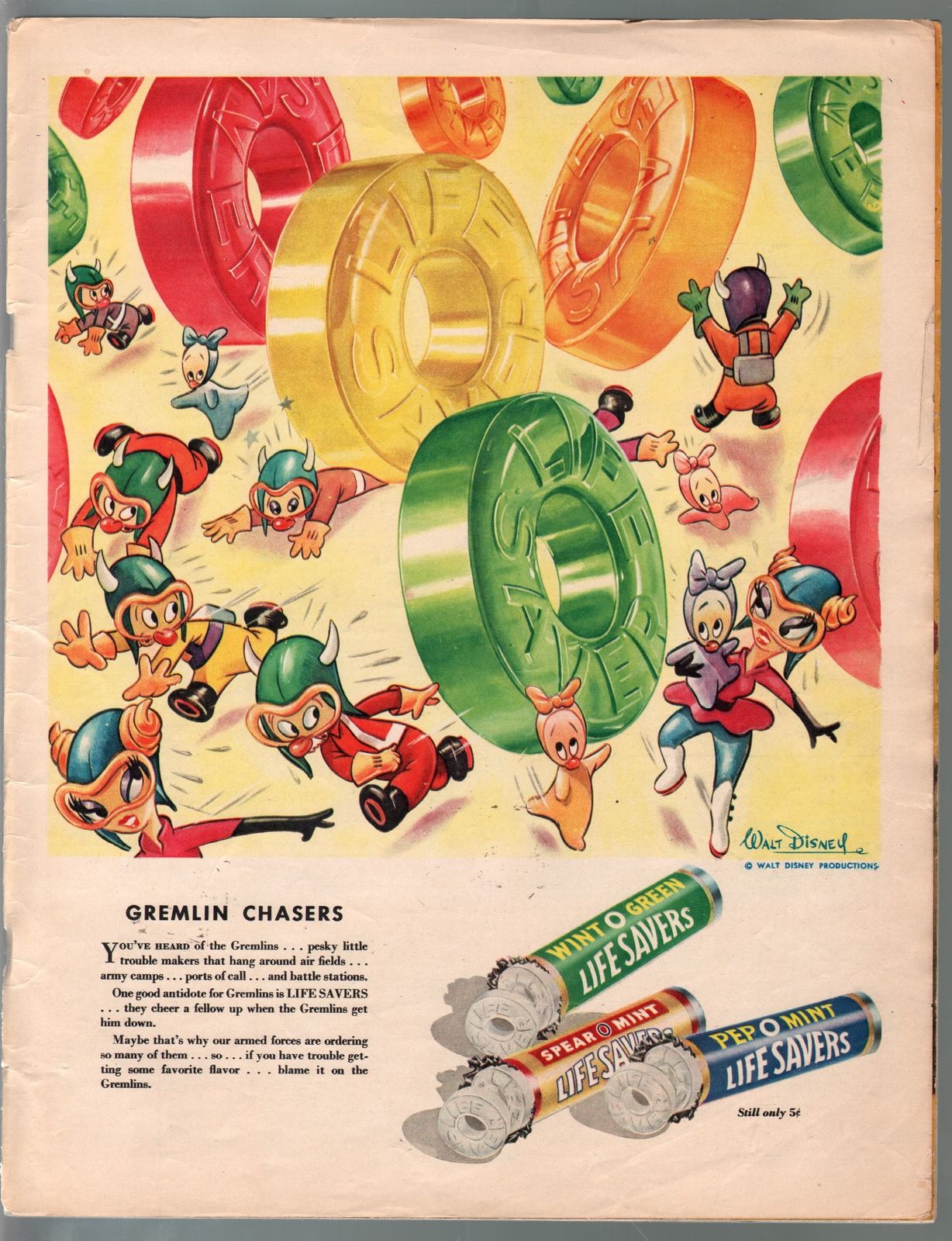
The success of the animated shorts continued in the comic book medium, and not soon after studios, like Disney, began to enter the lucrative advertising markets using their cartoon characters.
Many publishing ventures followed with copycat cartoon characters. Artists were hired to copy the Disney/Looney Tunes style. Everyone was looking to capitalize on the latest trends.
D.C. Comics was also not lost to the popular cartoon genre. D.C. Published tons of cartoon themed comics that continued well into the 1960s. With the popularity of the superhero genre in the 1940s, DC even parodied itself with the Terrific Whatzit, a super powered cartoon turtle meant to look like the original Flash. Other characters like Dodo and Frog became staples of their humor line.
With the evolution of television in 1950s and the development of cartoon TV shows like the Flintstones, Jetsons, and Scooby Doo in the 1960s, interest in printed cartoon based comics dwindled.
It’s hard to imagine today, but in the comic book collecting community of the late 1980’s, auction houses were reaching record prices for the first Disney and Looney Tunes. Today, much like their superhero counterparts, cartoon characters have transitioned from the printed page to video games, toys and multi-media ventures. The drop in readership over the past 30 years have made iconic characters like Popeye, Felix the cat, and Betty Book nearly unrecognizable to today’s young audience.
Despite its high production and circulation rates in the 1930’s and 1940’s, cartoon comics were viewed as any other newspaper or publication. They were heavily handled, often discarded after being read or were subject to many paper collection drives to support the war effort. 80 years later, these key remnants of Americana are exceedingly difficult to locate in high grade condition and serve as reminders of an age before television.
Check Out our selection of Golden Age Comics CLICK HERE
Joshua H. Stulman
Owner, BrooklynComicShop.com

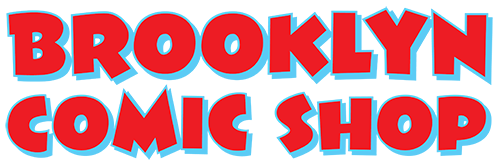
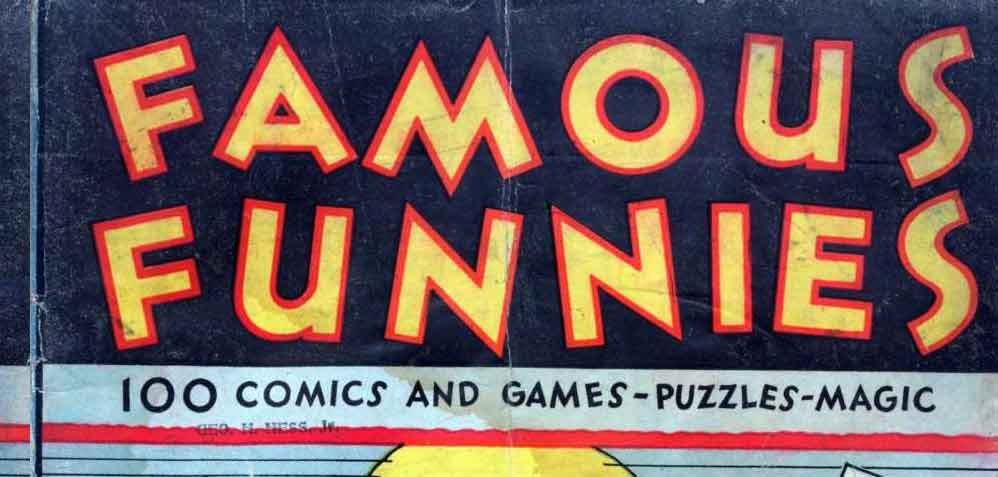
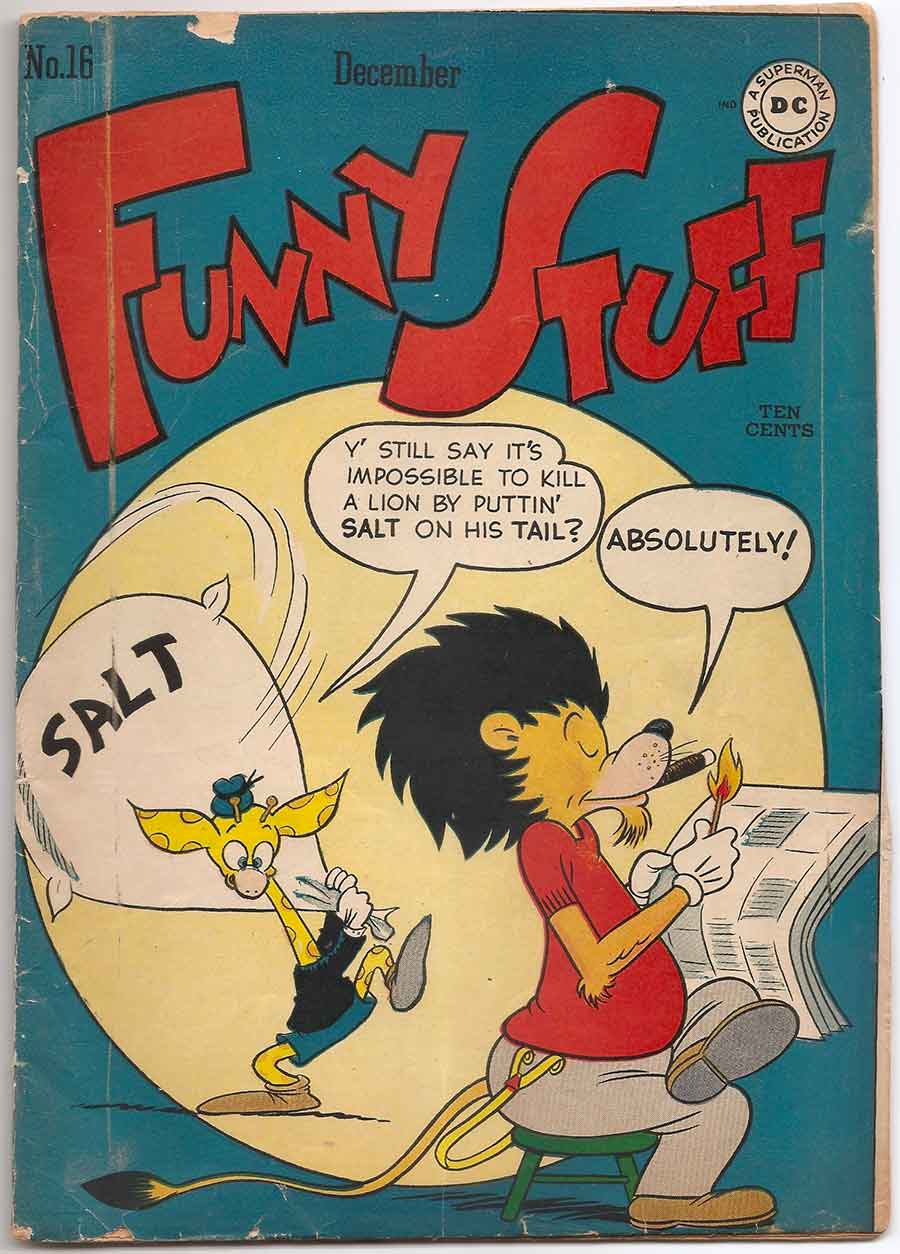
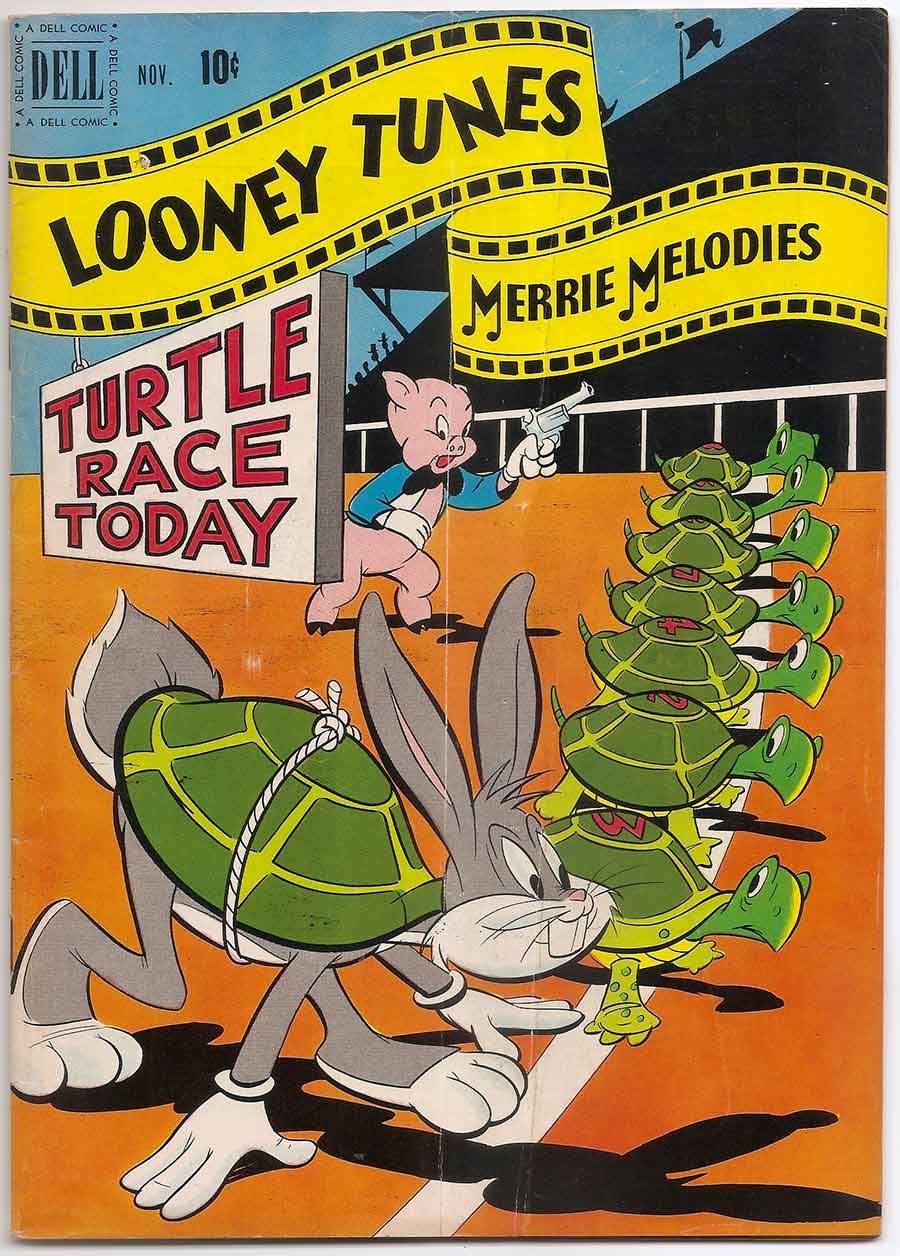
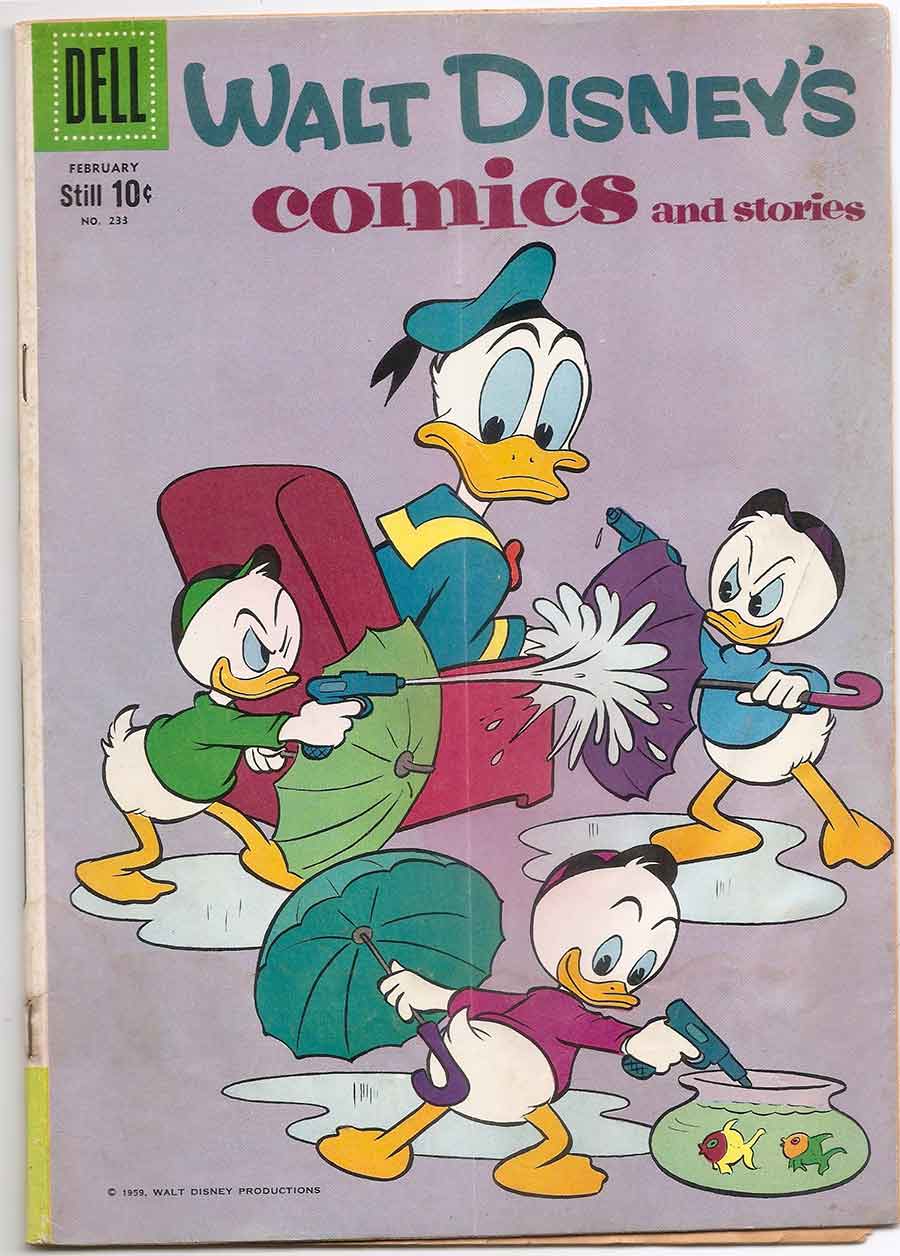
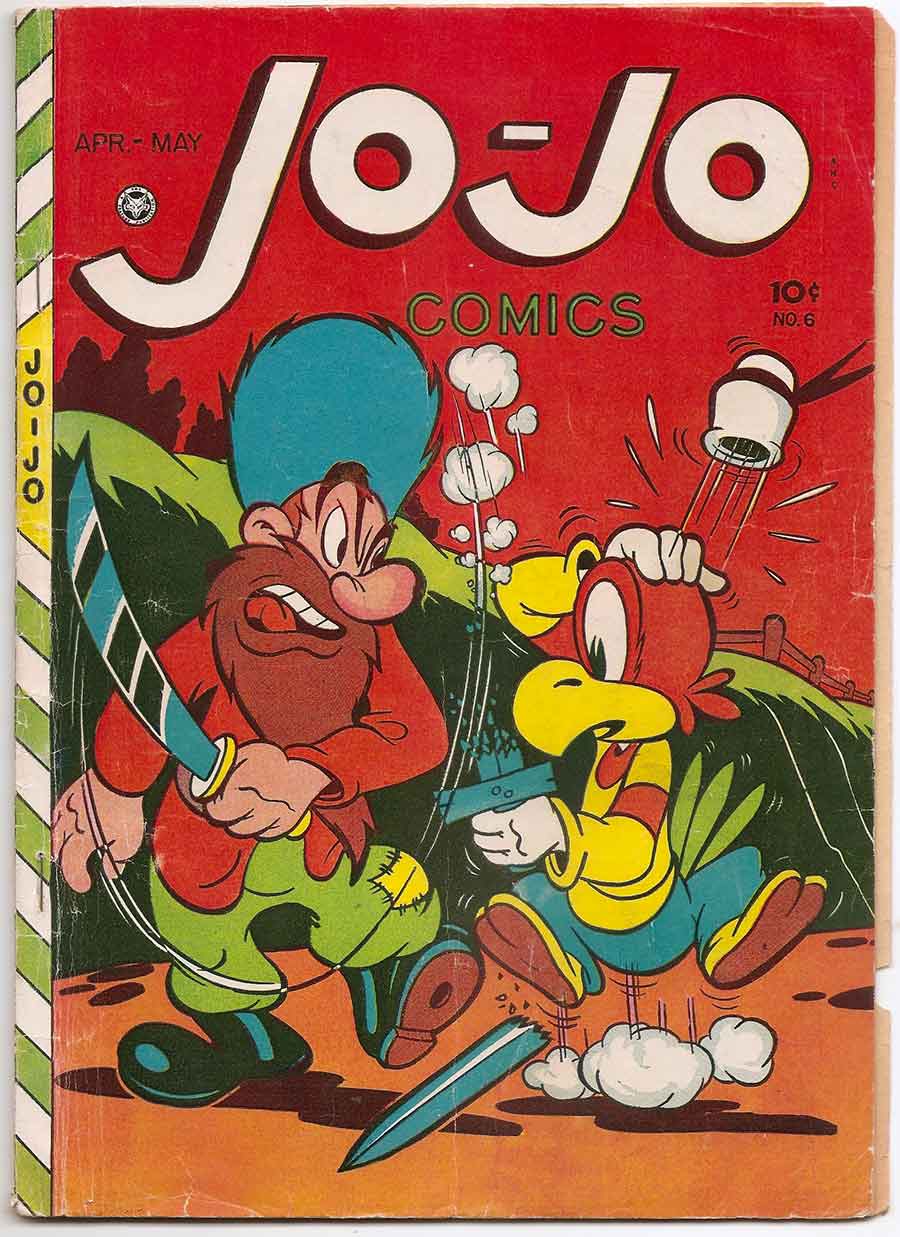
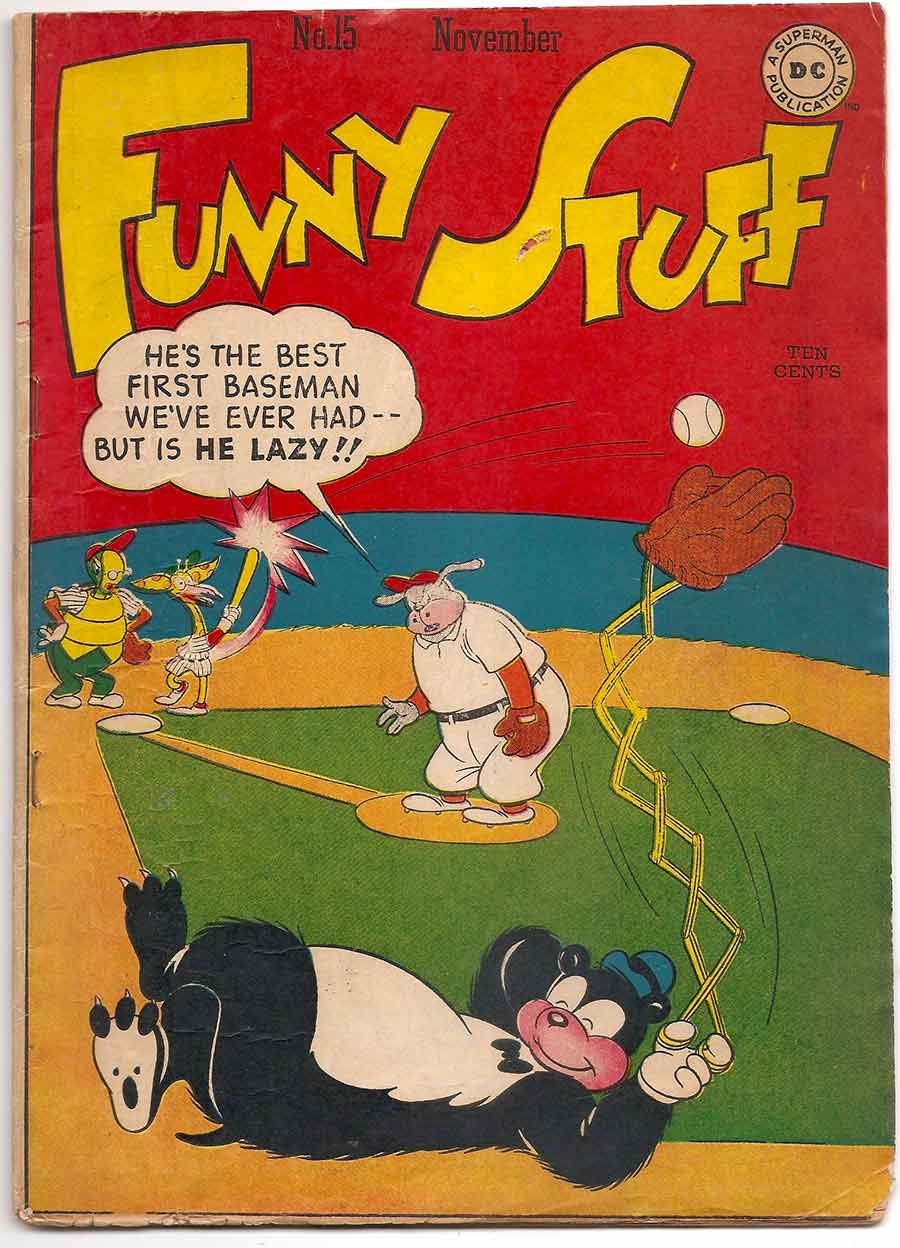
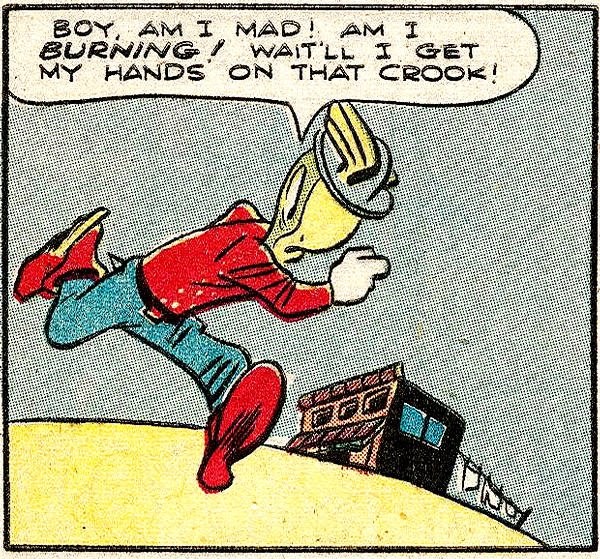
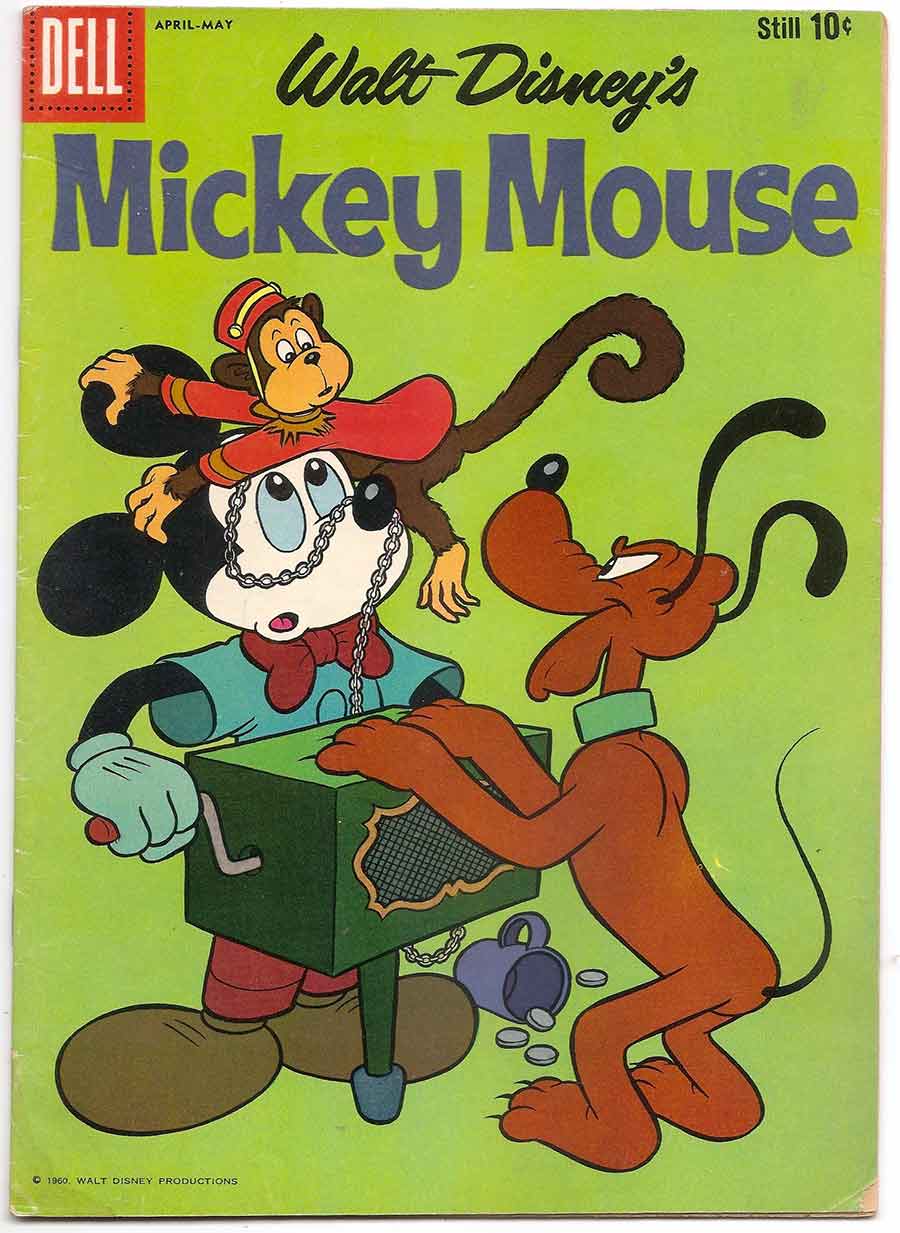
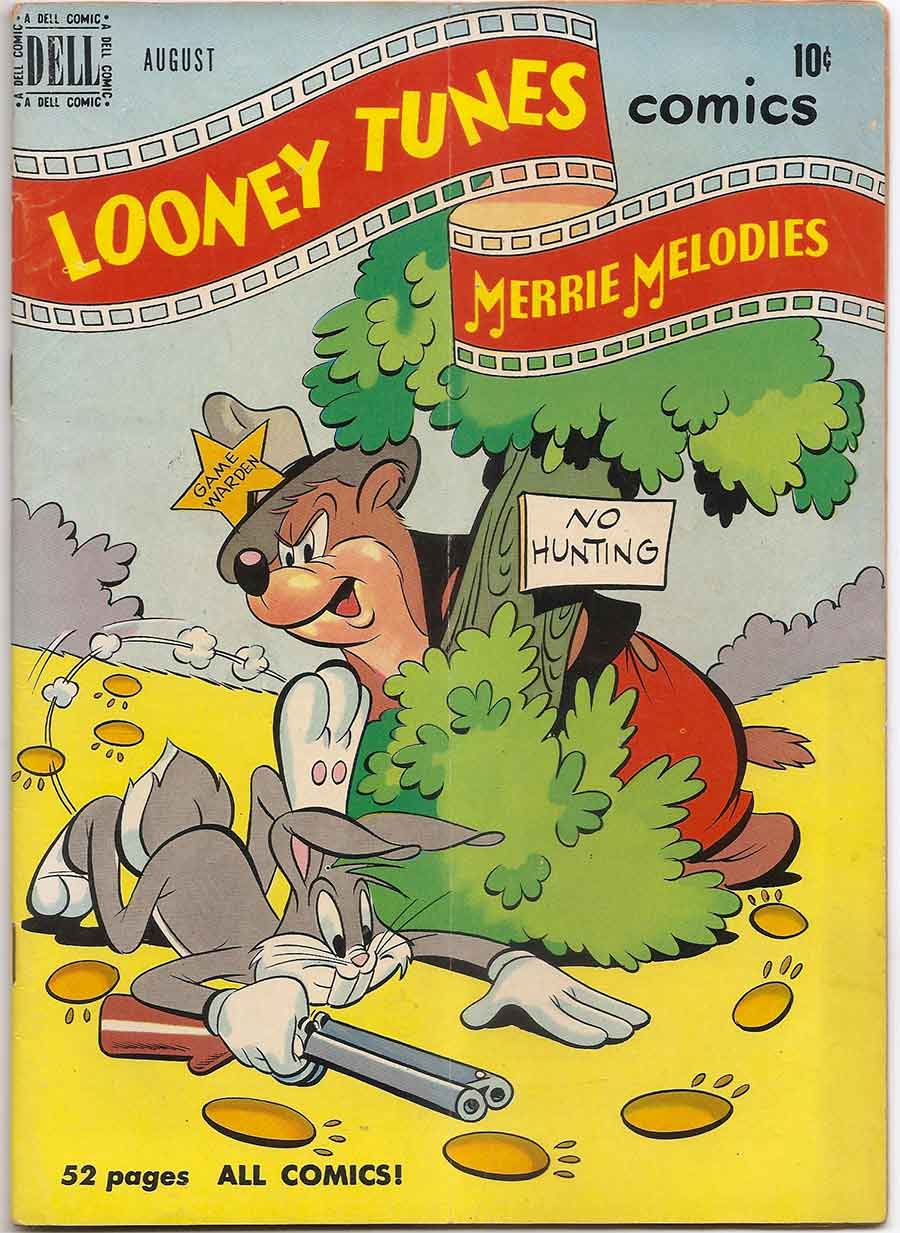

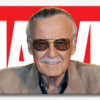






One Comment
Jackie
Enjoyed the article and the many comic covers.